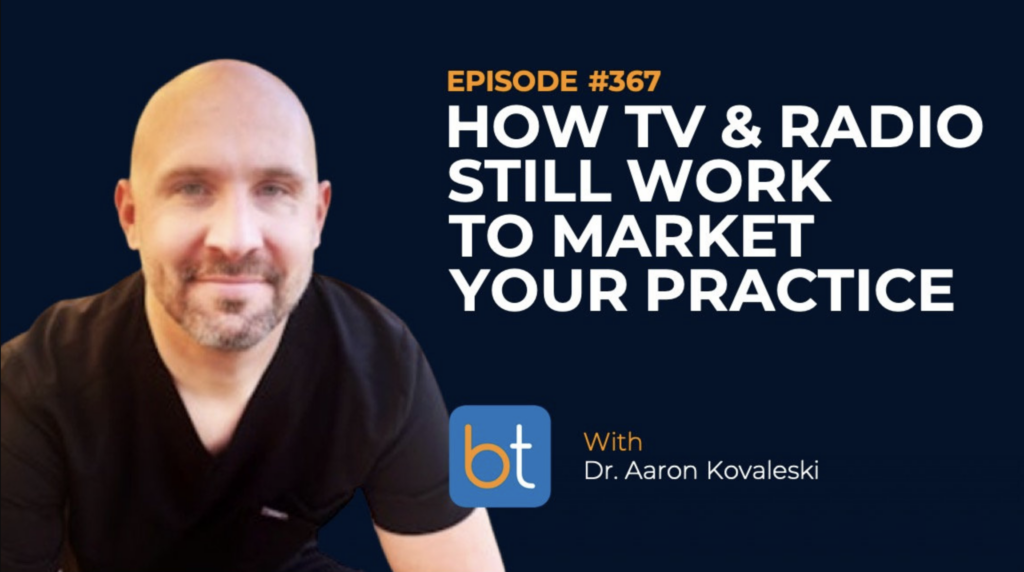As we age, we gradually learn the importance of taking care of our bodies. Unfortunately, this often comes at a time when chronic conditions have already set in, and we find ourselves fighting an uphill battle. It’s not impossible to overcome health problems; however, a better approach is to be proactive. That’s why we’re excited that October has been formally recognized as Health Literacy Month. It opens the door to conversations we often wouldn’t have had in the past.
have already set in, and we find ourselves fighting an uphill battle. It’s not impossible to overcome health problems; however, a better approach is to be proactive. That’s why we’re excited that October has been formally recognized as Health Literacy Month. It opens the door to conversations we often wouldn’t have had in the past.
To kick things off right for Health Literacy Month, we want to look at surgical alternatives to treat several health conditions.
Surgical Alternatives to treat BPH
Most men over 50 will experience some form of benign prostatic hyperplasia, or BPH. This can lead to a variety of health issues, including difficulty with urination. As many men would like to avoid surgery, we work with our patients to develop surgical alternatives to treat BPH. These include both lifestyle changes as well as minimally invasive endovascular treatments.
Alternative treatments for Peripheral Artery Disease
Numbness in one’s legs is usually a telltale sign of peripheral artery disease, often abbreviated as PAD. In fact, over 20% of Americans over the age of 60 suffer from this condition. Often, the solution to this problem includes behavior-related changes, such as quitting smoking or increasing exercise. Together, these often have an extended effect of reducing blood pressure, lowering cholesterol, and lowering blood sugar.
In addition, minimally invasive endovascular treatments can correct the issue by restricting the blood supply to an affected area or opening up clogged arteries.
How to treat uterine fibroids
In years’ past, the only solution to treat uterine fibroids was through a complete hysterectomy. This highly invasive procedure often had major side effects with a 2 to 3 day hospital stay.
As medical science has improved, doctors developed more effective minimally invasive endovascular treatments for uterine fibroids. This removes the affected tissue within an outpatient setting and mitigates the problem.
Embolization therapies in an outpatient setting
Embolization therapies in an outpatient setting can minimize the need for more invasive procedures. These restrict the blood flow to the affected region and can restore the patient back to full health. Initially these procedures were performed in the hospital but are now performed safely in the outpatient office setting.
Turn to Ecco Medical for your surgical alternative needs
With decades of combined experience, our team is the best endovascular specialists in Colorado. Each of our exceptional medical professionals has extensive experience in surgical alternatives. It’s their personal mission to help you understand your treatment options during Health Literacy Month and beyond, enabling you to make the right decisions for your healthcare needs.
Whether you have any of the above-listed conditions or others, there are always alternatives. Our endovascular specialists are well-versed in specific procedures to treat a wide variety of conditions.
The first step is understanding your specific health situation. Would you like to take a quick test to see if you have any common conditions such as PAD, UFE, or PAE? If so, click on the link HERE www.joer96.sg-host.com.




